Co-produced by BackLight, the Paris Opera, and VIVE Arts, LA MAGIE OPÉRA continues the trajectory of a French studio that has successfully turned virtual reality into a collective and immersive spectacle. Presented at the Palais Garnier as part of the program celebrating the 150th anniversary of the Palais Garnier, and selected for Venice Immersive 2025 and the Geneva International Film Festival 2025, the experience offers a poetic journey between heritage reality and lyrical imagination.
LA MAGIE OPÉRA confirms a trend: VR as a tool for representing French cultural prestige. Part artistic production, part institutional device, and part technological showcase, this production tells as much about the Opera as it does about the symbolic economy in which VR now seeks to establish itself.
Opera as a stage for French VR
Over the past several years, BackLight has consolidated a unique position in the European virtual reality ecosystem: that of a craftsman of LBE (Location-Based Entertainment) capable of articulating artistic demands and public experience. Titles such as Eclipse (2017) and Le Bal de Paris (2021, with Blanca Li) have demonstrated that VR can be choreographed, collective, and spectacular. With LA MAGIE OPÉRA, the studio is venturing into the realm of institutional commissions, at the crossroads of heritage and cultural luxury.
Here, the Palais Garnier becomes a character. The viewer, invited to don a VIVE Focus 3 headset, is guided by the voice of Céleste, a young apprentice discovering the secrets of the place. The narration invites participants to move between the wings, the stage, and the rooftops, to the tunes of Tosca, Carmen, and Rusalka. The approach is no longer one of free exploration but of a ballet of orchestrated trajectories, reflecting the rigor of the place it depicts. VR becomes the total decor, a digital showcase for a century-old institution.
By installing VR in the temple of opera, BackLight marks a shift from “VR entertainment” to “prestige VR.” It is no longer technology seeking legitimacy in culture, but culture relying on technology to renew its own aura.
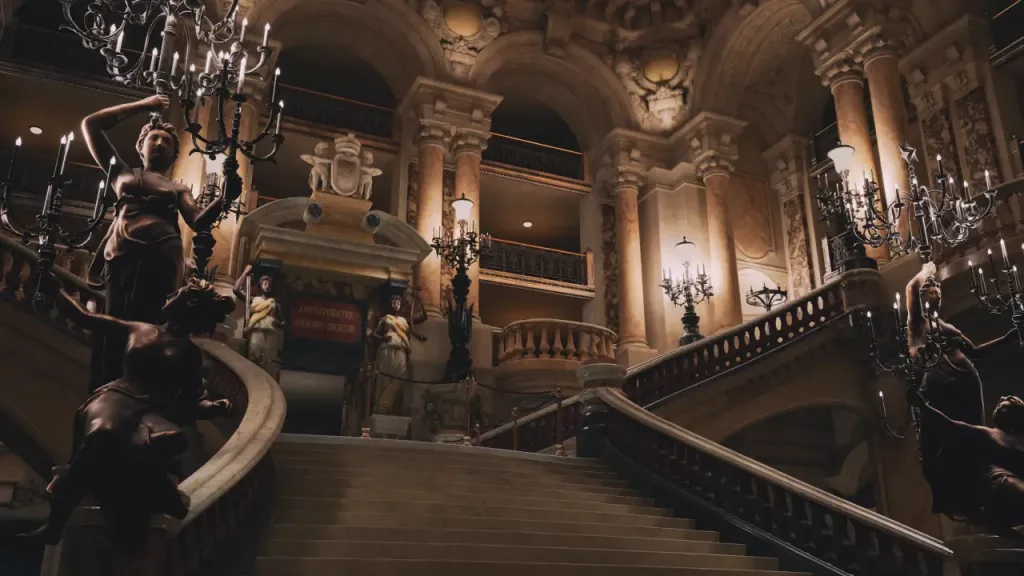
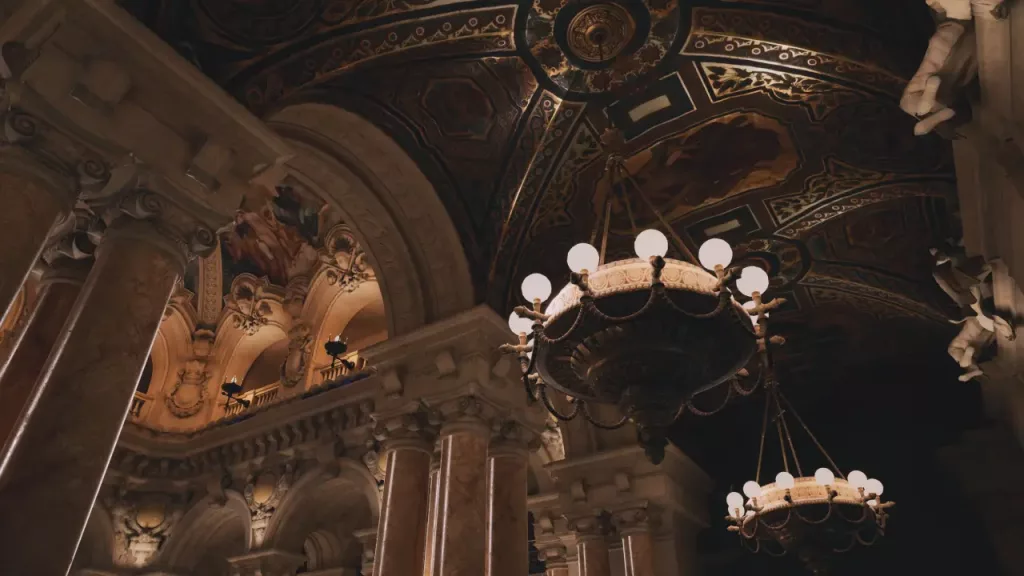
An economy of prestige: patronage, institutions, and the LBE model
LA MAGIE OPÉRA illustrates what is now a structural trend: the convergence between technological patronage and cultural institutions. The project, supported by VIVE Arts (HTC’s patronage program dedicated to XR creation), is based on a tripartite co-production: BackLight (design and artistic direction), Opéra national de Paris (access to the site, heritage validation), and VIVE Arts (infrastructure, international distribution).
Economically, the project is part of an experimental model: a geolocated experience accessible by reservation in a dedicated space at the Palais Garnier; a combined ticket price (approximately $45) including a tour of the building; limited capacity to ensure supervision and technical stability.
The whole project draws on logistical expertise inherited from agreements between theaters and BackLight: multi-user synchronization, continuous human assistance, headset maintenance, daily spatial calibration. This choice of total control guarantees quality but limits profitability. The project is therefore not a commercial product in the strict sense, but a symbolic investment, an image-building exercise in which VR is used to assert the modernity of an institution and the technological mastery of a studio.
The cultural economy of VR no longer seems to rely so much on attendance as on the ability to lean on places and brands capable of producing meaning and prestige.
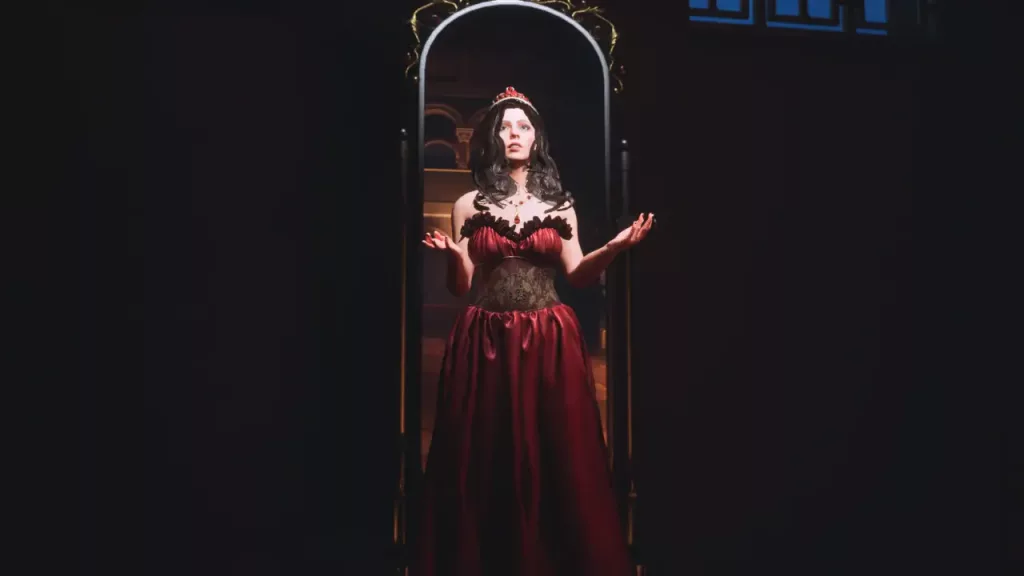
The politics of heritage images: the institution, fiction, and the ghost
The title LA MAGIE OPÉRA seems to promise a sensory wonder. But behind the enchantment, another drama is playing out: that of the power of images. Who is speaking here about the Opera? The institution, the studio, or fiction? The staging of the place alternates between three registers: that of institutional representation, faithful to the national imagination, with gilding, slow tracking shots, and majestic decor; that of narrative poetics, embodied by Céleste, a young female figure who discovers a codified world; and that of collective fantasy, where the Palace becomes a spectral space, traversed by memories and voices.
By reconstructing the spaces on a 1:1 scale, VR produces a double illusion: that of proximity and that of the untouchable. We visit the Opera House like a ghost among ghosts. Technology brings heritage back to life while maintaining its sacred distance.
LA MAGIE OPÉRA promises openness, but it perpetuates the symbolic verticality of an elitist art form. VR does not democratize, it sublimates. And BackLight stages this sublimation with the precision of a ceremony.

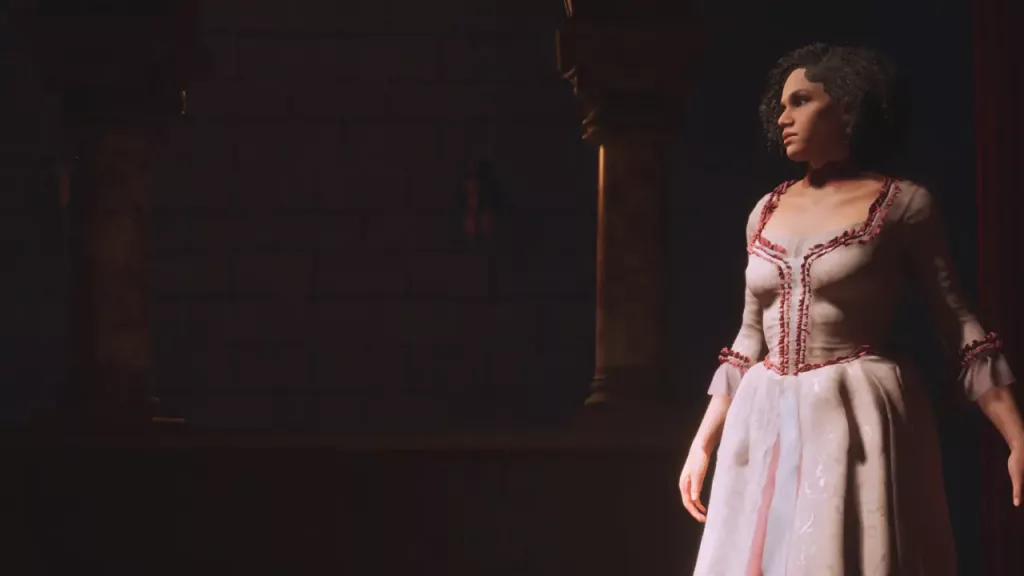
From Venice to Paris: consecration as a horizon
The selection at Venice Immersive 2025 confirms this logic of peer recognition. For BackLight, it marks a return to the international stage after LE BAL DE PARIS (Lion for Best VR Experience, Venice 2021). This festival presence highlights a shift: French VR, long confined to technical demonstrations, is now claiming an institutional and artistic dimension. Alongside works such as EMPEROR (Atlas V, Achievement Prize 2023) and SONGS FOR A PASSERBY (Celine Daemen, Grand Prix 2023), LA MAGIE OPÉRA embodies a middle ground, neither documentary nor pure fiction, but rather an augmented heritage spectacle.
Critical legitimacy, here, is as valuable as the experience itself: it is the exhibition, the context, and the label that make the work. And perhaps this is where the true “magic” of the title lies: in this alchemy between art, industry, and institution, where VR becomes the mirror of collective prestige.
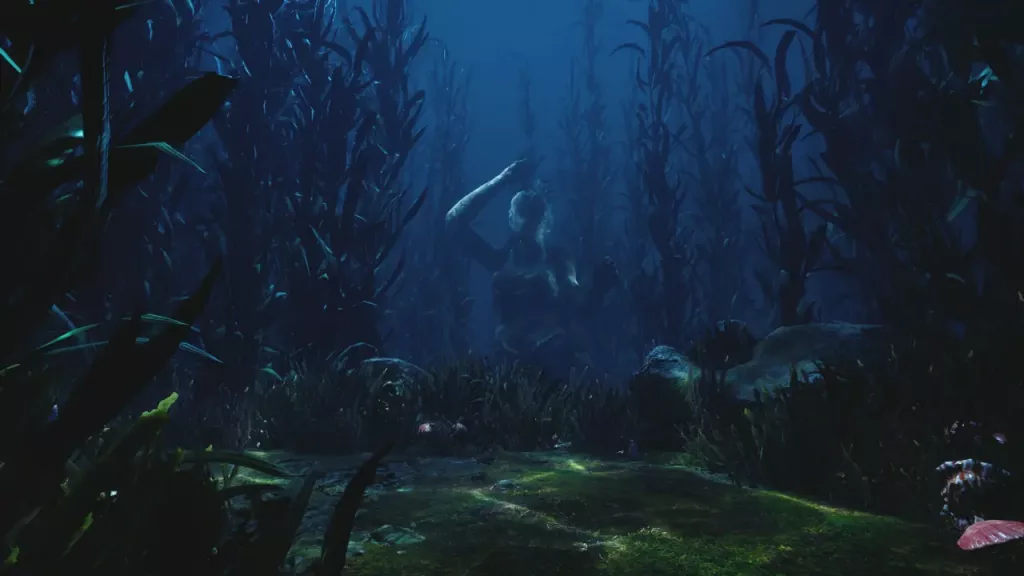
Conclusion
LA MAGIE OPÉRA fascinates with the precision of its staging and the mastery of its device. But its importance lies less in its visual virtuosity than in what it reveals about a moment in time: the moment when virtual reality ceases to be a laboratory and becomes a language for representing cultural power. At BackLight, technology is no longer the issue, but the medium for a national narrative: that of a France that continues to dream of being at the forefront, even when it stages its own past.
Here, VR does not invite us to step through the looking glass, but carefully polishes it.

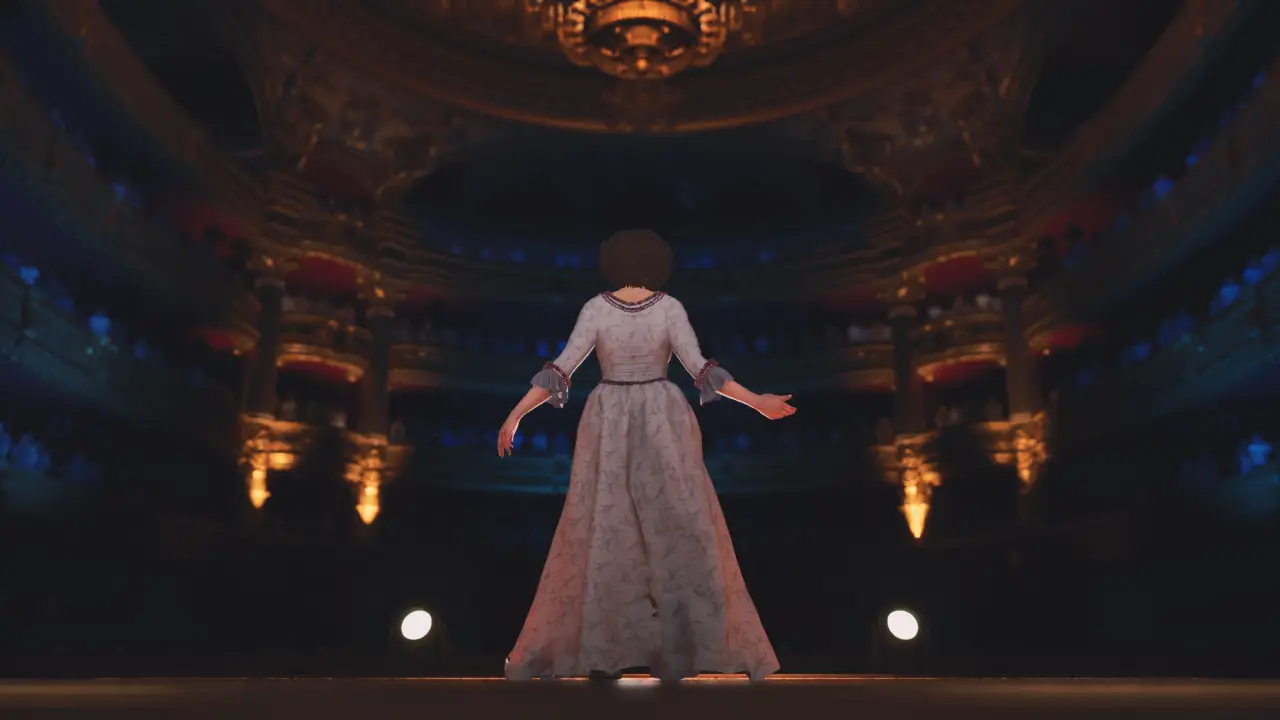

Leave a Reply
You must be logged in to post a comment.